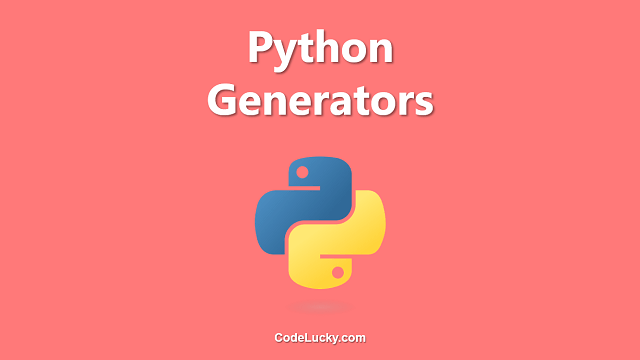The range() function in Python is a built-in function that generates a sequence of numbers. It is commonly used in loops to repeat a certain number of times. The range() function can be used to generate a range of numbers starting from a specified start number and incrementing by a specified step value, until a specified end value is reached.
Syntax
range(start, stop, step)
Parameters
- start (optional) : The starting number of the range. The default value is 0.
- stop : The end value of the range. The range() function generates numbers up to, but not including, the stop value.
- step (optional) : The difference between each number in the range. The default value is 1.
Return Value
The range() function returns a sequence of numbers that can be used in loops and other operations.
Examples
Example 1: range() without start, stop, and step values
# range() without start, stop, and step values
for i in range(5):
print(i)
Output
0 1 2 3 4
In this example, the range() function is used to generate a sequence of 5 numbers, starting from 0 and incrementing by 1. The numbers are then printed to the console using a for loop.
Example 2: range() with start and stop values
# range() with start and stop values
for i in range(2, 7):
print(i)
Output
2 3 4 5 6
In this example, the range() function is used to generate a sequence of numbers starting from 2 and ending at 7 (not including 7). The numbers are then printed to the console using a for loop.
Example 3: range() with start, stop, and step values
# range() with start, stop, and step values
for i in range(1, 10, 2):
print(i)
Output
1 3 5 7 9
In this example, the range() function is used to generate a sequence of numbers starting from 1 and ending at 10 (not including 10), incrementing by 2. The numbers are then printed to the console using a for loop.
Use Cases
The range() function is commonly used in loops to repeat a certain number of times. For example, it can be used to iterate through a list and perform some operation on each element, or to generate a list of numbers for mathematical operations. It can also be used to generate a sequence of numbers for use in plotting graphs, or to create indices for arrays and lists. The range() function can be used to generate a range of numbers for use in a variety of programming tasks, making it a versatile tool for Python developers.
The range() function is also useful for generating sequences of numbers for use in data analysis and machine learning. For example, it can be used to generate a range of numbers for use as training or test data, or to generate sequences of numbers for use in regression analysis or time-series analysis.
In addition, the range() function can be used to generate a range of numbers for use in game development. For example, it can be used to generate a range of numbers for use in generating random game elements, or for use in generating game levels.
Overall, the range() function is an essential tool for Python developers, providing a simple and efficient way to generate sequences of numbers for use in a wide range of programming tasks.
Conclusion
The range() function is a powerful and versatile tool for Python developers, providing an easy way to generate sequences of numbers for use in loops, data analysis, game development, and many other programming tasks. By understanding the syntax, parameters, return value, and examples of the range() function, developers can make the most of this useful tool and use it to improve their Python programming skills.







